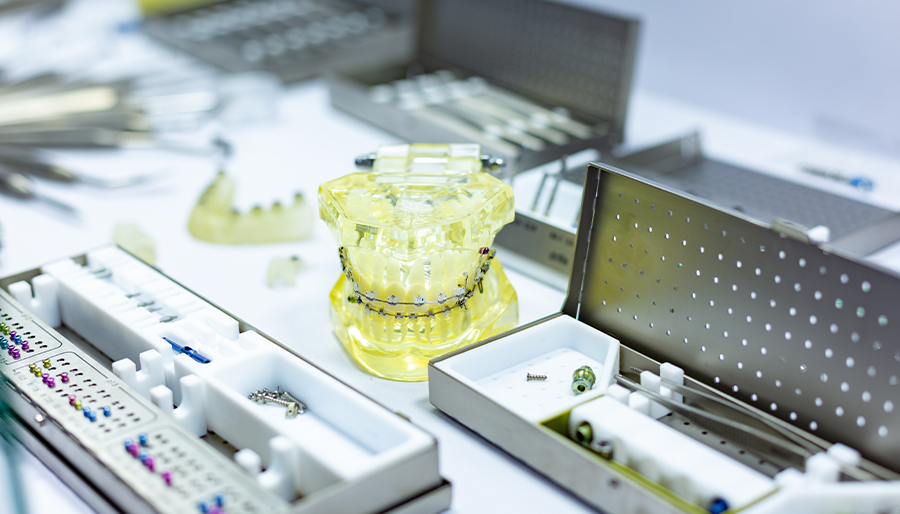
Among metal surface treatment processes, electroless nickel plating is a relatively common treatment process. Electroless nickel plating is a method that uses an electroless nickel plating solution to obtain a layer of Ni-P alloy coating on the plated parts with a catalytic surface by using an oxidation-reduction reaction without electricity. Electroless nickel plating is classified according to alloy composition: low phosphorus, medium phosphorus and high phosphorus. Electroless nickel plating has the characteristics of strong corrosion resistance, good wear resistance, high gloss, high surface hardness, good uniformity, high process technology adaptability, and high temperature resistance. Therefore, it is widely used in industries such as electronic components, machining, molds, and automobile industries.

The electroplating solution is a key factor affecting the quality of electroplating, so the quality analysis of the electroplating solution is crucial. Because the plating solution is not constant and has instability in its composition, impurity levels, and acidity, the frequency of testing the plating solution becomes higher. In order to ensure that the test results are consistent with the current conditions of the electroplating solution, a fast and simple equipment is needed for testing, and XRF can exactly meet this requirement.

Surfacing welding is a process that uses welding methods to deposit materials with certain properties on the surface of the workpiece. The purpose of surfacing welding is different from the general welding method. It is not to connect the workpieces, but to modify the surface of the workpieces to obtain a deposited layer with special properties such as wear resistance, heat resistance, and corrosion resistance or restore workpieces that are undersized due to wear or machining errors. LANScientific coating series analyzers are suitable for composition analysis and thickness analysis of various cladding welds, for example, thickness monitoring of the cladding process during production, or field testing of high alloy steel on gas turbines and hydroelectric turbines.

Coating applications for medical devices require strict controls and compliance to ensure the coating has no adverse impact on patient safety. Therefore, in medical device manufacturing, the selection and application of coatings are often subject to strict regulations and standards. Different types of medical devices may require specific coatings to meet their specific performance and safety requirements.
LANScientific analytical instruments can accurately measure the composition and thickness of medical devices, helping manufacturers easily meet regulatory requirements for coating thickness measurement while providing high-quality, safe and reliable medical device products.